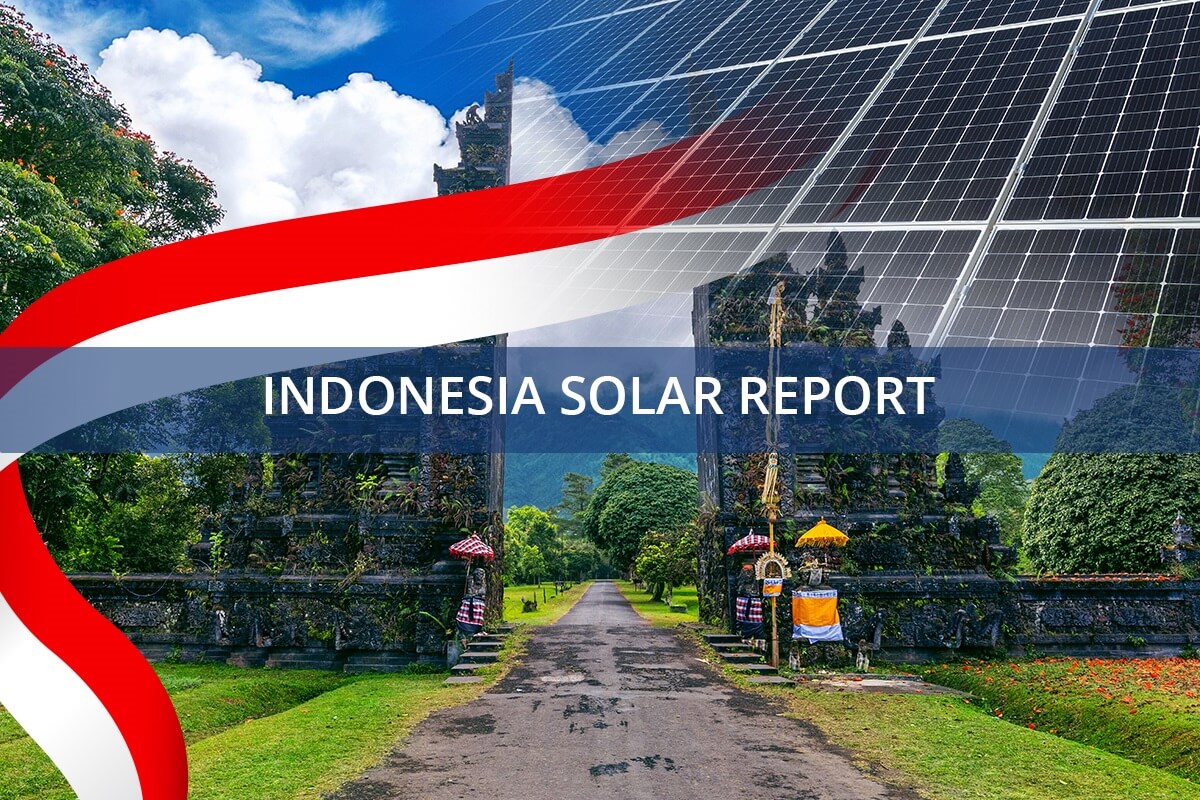Indonesia Solar Power Plan: Ambitious 100 GW Target by 2060
Indonesia has launched an ambitious plan to significantly increase its solar power capacity, aiming to install 100 gigawatts (GW) by 2060. This initiative forms a key part of the government’s broader strategy to achieve net-zero emissions, focusing on reducing reliance on coal and expanding renewable energy sources.
Current Capacity and Future Targets of the Indonesia Solar Power Plan
Indonesia currently has a modest solar power capacity of 0.6 GW, significantly lower than other major Asian economies. For comparison, China boasted a solar capacity of 505 GW in 2023, Japan had 79 GW, Vietnam had 18 GW, and India had 72 GW. Recognizing this disparity, the Indonesian government is determined to dramatically increase solar energy production in the coming decades. Further details on Indonesia’s solar panel manufacturing ambitions can be found in this report: Indonesia Solar Panel Manufacturing Report – PVKnowhow.
The new solar power plan sets ambitious targets for each decade: 11.05 GW by 2030, 23.27 GW by 2040, 53.78 GW by 2050, and ultimately 100 GW by 2060. These targets are detailed in the 2023-2040 Electricity Procurement Plan (RUPTL) and the 2060 Electricity Procurement Plan, both developed by PT PLN (Persero), Indonesia’s state-owned electricity company. The Ministry aims to achieve 770 MW of installed capacity by 2024, escalating to 3.6 GW by the end of 2025.
Challenges and Solutions for the Indonesia Solar Power Plan
Indonesia’s solar power development has faced several challenges, including financial constraints, complex regulations, and land acquisition issues. However, the government is actively working to address these obstacles. In 2022, the Ministry of Energy and Mineral Resources (ESDM) issued new regulations designed to simplify and expedite the development of solar power projects.
A key regulatory change was the removal of the export-import power requirement, a previous impediment to solar energy growth in Indonesia. The government also launched the Solar Power Initiative (SPI) program, aiming to deploy 500 MW of solar power through a streamlined procurement process.
The Private Sector’s Role in the Indonesia Solar Power Plan
Recognizing the vital role of private sector involvement, the Indonesian government has opened the solar energy sector to private companies, allowing them to participate in the development, construction, and operation of solar power projects. This is expected to attract significant investment and expertise from both domestic and international companies.
To further incentivize private sector participation, the government has introduced several incentives, including tax breaks, import duty exemptions, and feed-in tariffs, making solar power projects more financially viable and attractive to investors.
Impact of the Indonesia Solar Power Plan on Environment and Economy
The expansion of solar power in Indonesia is projected to yield substantial environmental and economic benefits. By reducing reliance on coal, the country can lower its greenhouse gas emissions and improve air quality. The Ministry of Energy and Mineral Resources estimates that increased solar power usage could reduce Indonesia’s carbon emissions by 1.4 billion tons by 2060.
Economically, the burgeoning solar power sector is expected to create thousands of jobs in manufacturing, construction, and maintenance. The government estimates the solar power industry could contribute $30 billion to the national economy by 2060.
Conclusion: The Future of the Indonesia Solar Power Plan
Indonesia’s plan to achieve 100 GW of solar power capacity by 2060 is a bold and necessary step towards its net-zero emissions goal. With strong government support, regulatory reforms, and active private sector involvement, Indonesia is poised to become a leader in renewable energy in Southeast Asia.

